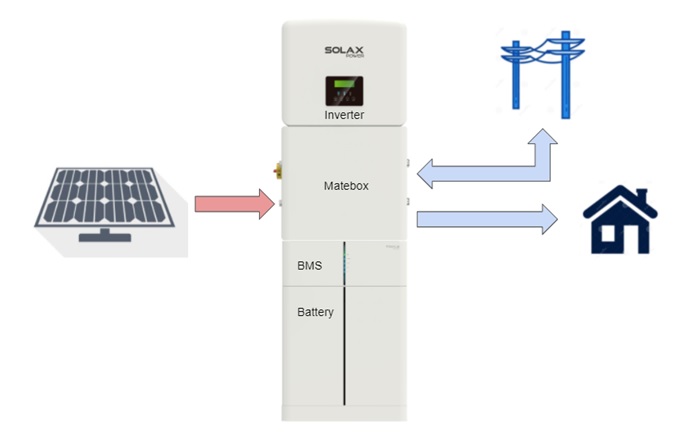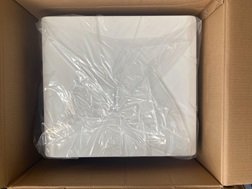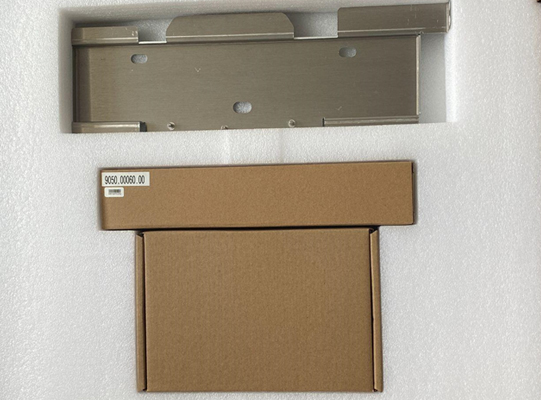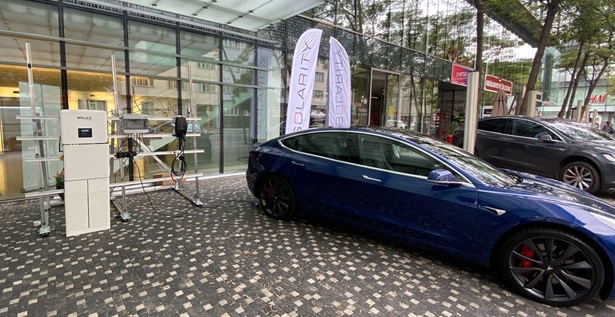New Solax ESS – a quick look at an example 3kWh kit
During our 10th anniversary, Solarity and Solax exhibit a new Gen 4 Energy storage system. A small system of 3kW inverter and 3 kWh battery was installed and tested by Solarity to check the functionality of the new generation solution and to display it at the conference.
Our system consists of
- 1x X1-Hybrid 3.0 – M version inverter, (remember you need the D version if not using a Matebox)
- 1x X1-Matebox
- 1x BMS for T30 battery
- 1x Battery module T30 3kWh

What are inside the packages










Installation process
Commissioning and Monitoring
Following the instructions in the video above, and ensuring all cables are appropriately connected and secure will make the commissioning process both fast and simple. The AC circuit breaker will be turned on, followed by the DC switch on the Matebox. All the circuit breakers inside Matebox will be switched on. At this step, the inverter will start, and the grid and PV strings will be checked. Depending on the country code inverter there will be a delay of 1 minute up to 1 hour before the system starts producing power.
The battery is started by turning on the circuit breaker on the BMS module and pushing the start button for 1 second. An LED on the BMS will let us know about the status of the battery and communication with the inverter. If there is no red LED then after about 1 minute, we will see the battery SOC on the inverter screen.
Main System operation modes
- Self-Use (default): The best option for a region with low feed-in-tariff but high energy prices. PV energy can be used to supply local load and then charge the battery. If no PV power is available, the energy from the battery can be used for local demand uses and the grid will supply it only when necessary.
- Back-Up mode: This mode is used for a region with an unstable electrical power system. The battery will always reserve a certain percentage of its capacity and only discharge it when the grid is off. The battery could be charged by the grid if needed. When the grid is off, the power will be supplied to part of the local grid, which is connected to an Emergency Power Source (EPS) output on the inverter only.
- Feed-in Priority: This mode would first supply local load and then export to the public grid as much as possible.
- Force time use: In this mode, the battery would be charged by the AC power from the grid or from other inverters during the defined time period and discharged during the rest of the time.
Some tests on the system so far

At our office, we tested the system under different working conditions and controlled the system with automatic and manual settings for inverters such as zero-feed-in and limited power export. Battery minimum SOC and the option to charge directly from the grid were tested and worked as a set.
At the conference, we used our small system to supply power to charge some loads and a Tesla. The system could power the car with 14A one phase and we simulated a blackout situation by turning off the main circuit breaker. After about 1s the battery starts to discharge and power the Tesla again.
Conclusion
The system with X1-Hybrid single-phase inverter with Matebox and battery provides a comprehensive backup system for a small house that faces an unstable grid. The system can quickly move from on-grid to off-grid within a second. The system can be installed and commissioned quickly because almost all the components were pre-installed with the Matebox.
However, due to different requirements for each country, the Matebox could be problematic for bigger installations, for example if you need to have SPD inside it. Therefore, we only recommend Matebox for a single-phase system. For a system with 3 phase inverter, it is more flexible to use the D-version with DC switch on the inverter and no Matebox is needed.
For further information please contact our regional salesperson or technical support.
Posts you might like:

Subscribe to our newsletter
so that you don’t miss any news!









